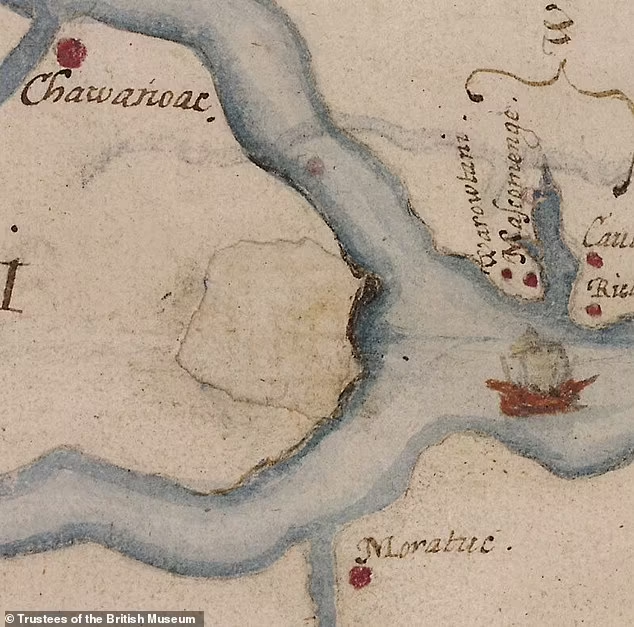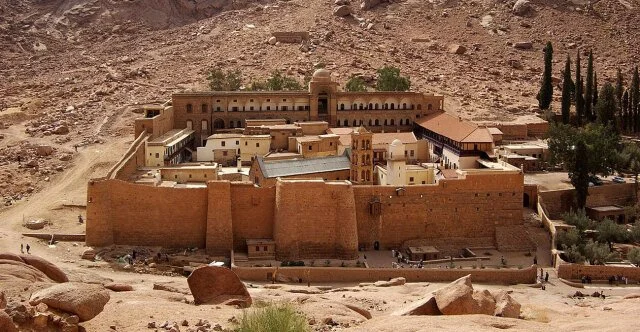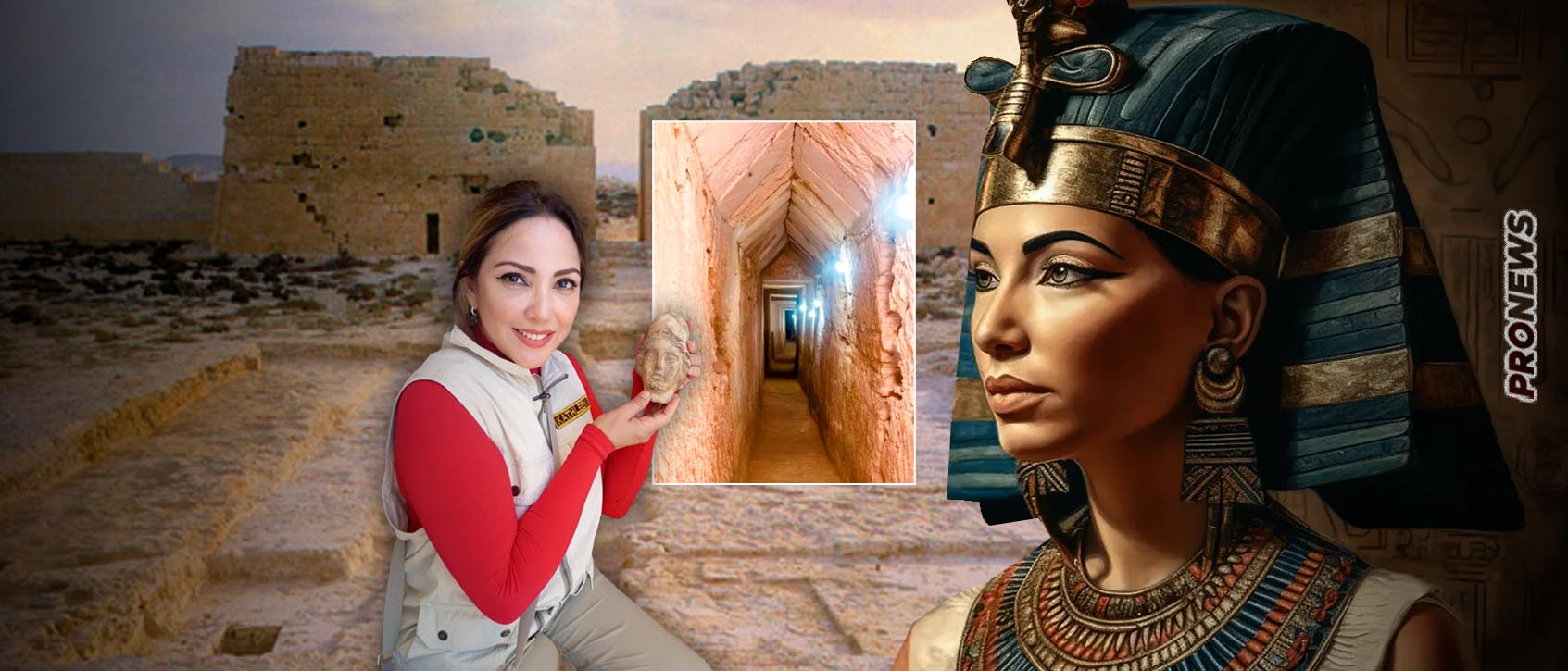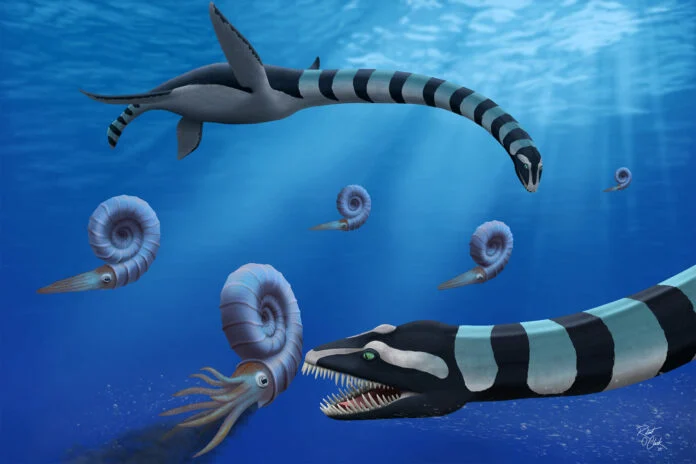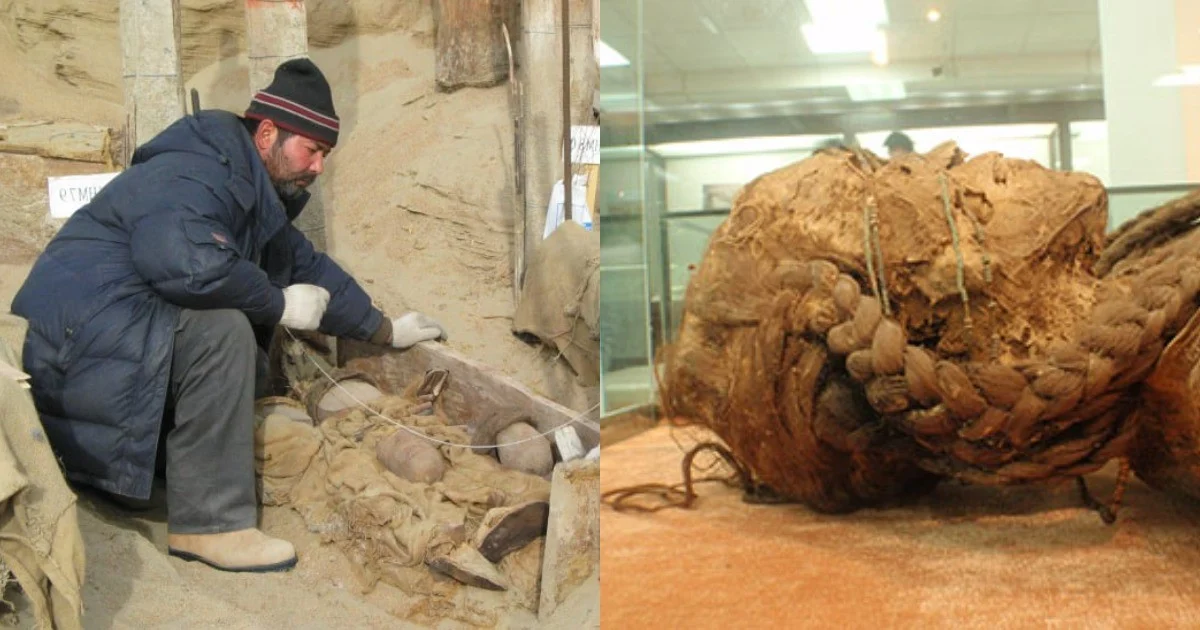Hidden details in a centuries-old map could finally uncover the fate of the Roanoke Colony—one of America’s enduring historical enigmas. Scholars have long speculated about the disappearance of 115 English settlers who arrived on Roanoke Island in 1587. A recently analyzed map, paired with archaeological discoveries, offers new insights into this mystery.
The Roanoke Colony: A Bold Expedition
In 1587, a group of English settlers, including women and children, established a colony on Roanoke Island, now part of North Carolina. Among them was Eleanor White Dare, daughter of Governor John White, who gave birth to Virginia Dare—the first English child born in the Americas.
Governor White returned to England for supplies shortly after their arrival, but the outbreak of war with Spain delayed his return. When White finally returned in 1590, the colony was abandoned, with only the word “CROATOAN” carved into a wooden post as a clue to their fate.
A Map Reveals Hidden Clues
A key piece of evidence in the search for the Roanoke settlers is a 400-year-old map known as La Virginea Pars, created by Governor John White himself. The map, which outlines parts of the North Carolina coastline, has been studied extensively.
In 2012, experts at the British Museum used a lightbox to analyze the map more closely. They discovered hidden details beneath a blank patch, including the faint symbol of a fort near what is now Bertie County, about 100 miles from Roanoke Island. This site matches the location of “Site 31BR246,” where archaeologist Nicholas Luccketti uncovered English ceramic fragments in 2007.
Archaeological Evidence at Site X
Artifacts found at Site X suggest an English presence in the area. These include Border ware pottery, a style limited to early colonial settlements, and other items like aglets (metal tips for shoelaces) and tenter hooks (used in textile production).
Although no evidence of a large settlement or fort has been discovered, these findings suggest that a small group of Roanoke settlers may have relocated there, possibly seeking assistance from a nearby Native American village known as Mettaquem.
The Dare Stone: A Controversial Clue
Another piece of the puzzle emerged in 1937 with the discovery of the Dare Stone. Inscribed with what appears to be a message from Eleanor White Dare, the stone describes the settlers’ hardships after leaving Roanoke. The text, written in Elizabethan English, recounts two years of suffering and the deaths of many colonists.
While some experts question the stone’s authenticity, it provides a potential narrative of the settlers’ fate, including a reference to a ship arriving off the coast in 1591.
Competing Theories and Continuing Research
The mystery of Roanoke has inspired numerous theories over the centuries. Some suggest the settlers succumbed to disease, starvation, or conflict with Native Americans or Spanish forces. Others propose they assimilated into local tribes, either peacefully or under duress.
While Site X may not have been a refuge for the entire colony, the artifacts indicate that at least a few settlers sought shelter there. The First Colony Foundation continues to investigate the area, using advanced remote sensing technology and excavation to uncover more evidence.
A Mystery That Endures
The Roanoke Colony remains one of America’s greatest historical mysteries. With ongoing research into Site X and reevaluation of artifacts like the Dare Stone and La Virginea Pars, historians and archaeologists hope to unravel the story of what happened to these early settlers.
Every new discovery brings us closer to solving this centuries-old enigma, shedding light on the resilience and struggles of one of the first English communities in the New World.

